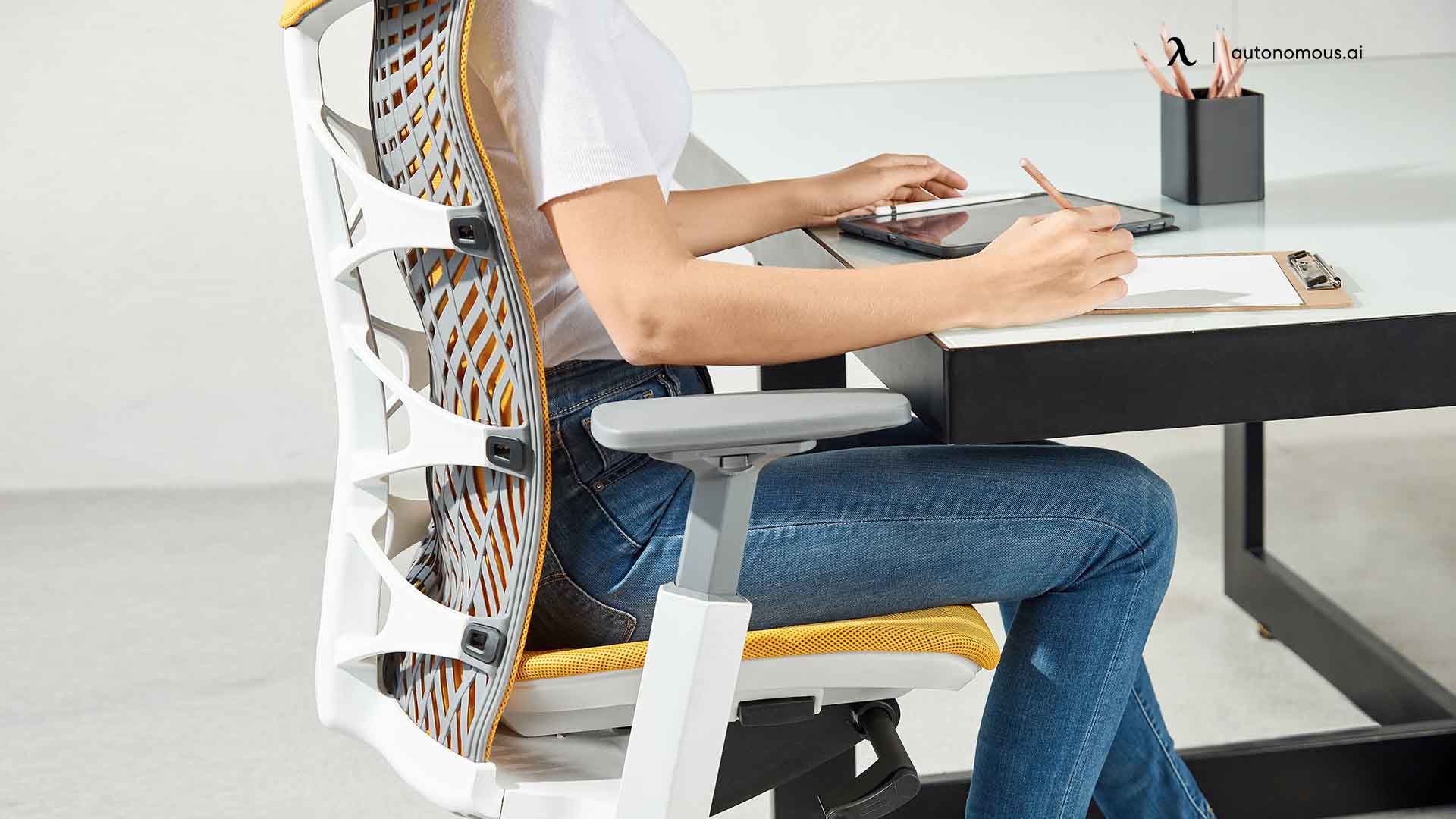User Experiences with Scoliosis Traction Chairs: Scoliosis Traction Chair Reviews

The world of scoliosis treatment is a fascinating blend of ancient techniques and modern technology. While surgery remains a significant option, many individuals explore less invasive approaches, and scoliosis traction chairs have emerged as a popular, albeit sometimes controversial, contender. This section delves into the real-world experiences of users, examining both the triumphs and tribulations of this unconventional treatment method. Prepare yourself for a rollercoaster of anecdotal evidence, because, let’s face it, user reviews are as unpredictable as a teenager’s mood swings.
Scoliosis Traction Chair User Experiences: A Comparative Analysis, Scoliosis traction chair reviews
Sifting through the digital haystack of online reviews requires a Herculean effort (or at least a very strong cup of coffee). To help you navigate this treacherous terrain, we’ve compiled a summary of user experiences across various scoliosis traction chair models. Remember, individual results may vary wildly, so treat this data as a general guideline, not a definitive medical prognosis. This isn’t a scientific study; it’s more of a highly caffeinated, opinionated summary of what people are saying online.
| Chair Model | Reported Benefits | Reported Drawbacks | Overall User Rating (out of 5 stars) |
|---|---|---|---|
| Model A (Hypothetical Example) | Improved posture, reduced back pain, increased comfort during prolonged sitting. | Some users reported initial discomfort, and the chair’s adjustability was considered limited by some. | 3.8 |
| Model B (Hypothetical Example) | Significant pain relief, noticeable improvement in spinal curvature (according to some users’ self-assessments). | Expensive, bulky, and some users experienced skin irritation from prolonged use. | 3.5 |
| Model C (Hypothetical Example) | Easy to assemble, lightweight, and relatively comfortable for short-term use. | Limited traction capabilities, not effective for severe scoliosis, and some reports of material degradation after a few months. | 2.9 |
Positive User Experiences: Tales of Triumph Over Thoracic Curves
Many users reported positive experiences, with some describing noticeable improvements in their posture and a significant reduction in back pain. One user, a 27-year-old female with mild scoliosis, reported that after consistent use of Model A (hypothetical), she experienced a reduction in her back pain, allowing her to participate in activities she previously avoided. Another user, a 45-year-old male with moderate scoliosis, described feeling significantly more comfortable while working at his desk after using Model B (hypothetical). These are just anecdotal accounts, of course, and individual results will always vary depending on the severity of the scoliosis and other factors.
Negative User Experiences: The Dark Side of Spinal Traction
While many users found relief, a significant number reported negative experiences. Common complaints included discomfort, particularly in the initial stages of use, and a lack of noticeable improvement in spinal curvature. Some users described feeling claustrophobic or experiencing skin irritation from prolonged contact with the chair’s materials. Others reported that the chair was simply ineffective for their condition, or that the design was flawed in some way. These negative reviews highlight the importance of carefully considering the chair’s suitability for your specific needs and consulting with a healthcare professional before purchasing.
